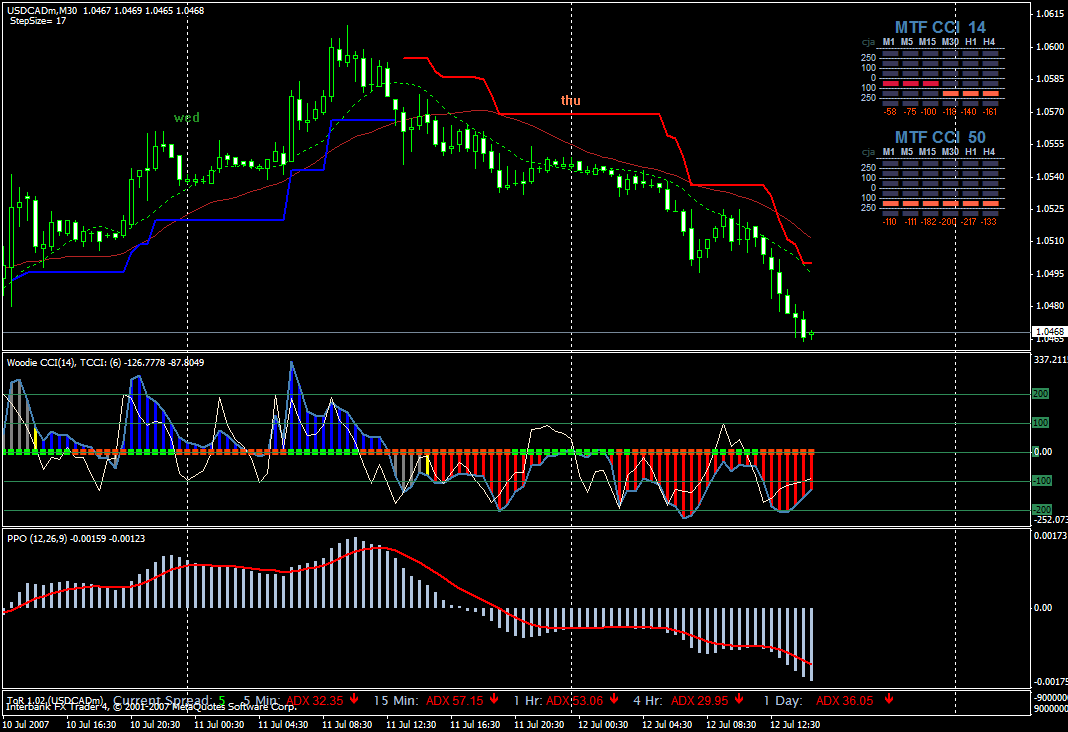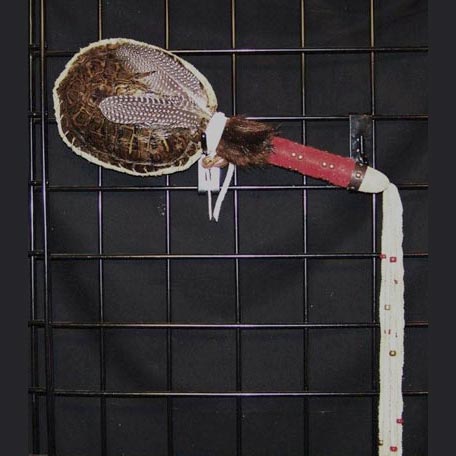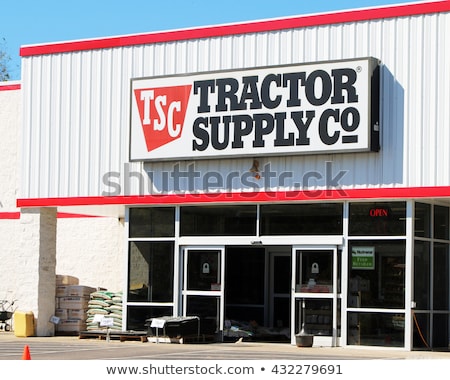
The production is continuous and the final output is the result of a series of operations. The output of last process is transferred to finished stock A/c. Nearshoring, the process of relocating operations closer to home, has emerged as an explosive opportunity for American and Mexican companies to collaborate like never before.
They can use process costing to analyze the costs of each step of the production and distribution process and use the information to identify areas where they can reduce costs. Process costing suits manufacturers that produce multiple products with similar production processes. In these situations, process costing can help manufacturers calculate the cost of production per unit for each product, providing valuable information for pricing and profitability analysis. Process costing is appropriate for companies that produce a continuous mass of like units through series of operations or process. Also, when one order does not affect the production process and a standardization of the process and product exists. However, if there are significant differences among the costs of various products, a process costing system would not provide adequate product-cost information.
Costing Multiple Products
Those costs are then rolled up to determine an overall dollar figure and used to find the price-per-unit. All departments must use uniform reporting and not double count efforts. Enterprise resource planning (ERP) software can help with this process. It brings data from various business software modules from around your company — such as supply chain management, financial management and payroll management — into one digital space. ERP platforms with integrated financial management software also help you more expertly, easily and accurately perform process costing.
- The process costing method involves dividing the production process into distinct stages or processes.
- Process costing suits manufacturers with a consistent manufacturing process, producing similar products or using similar materials.
- It means that when some units are in semi-finished stage, these are to be expressed in terms of equivalent completed units or effective units.
- Potential disadvantages of process costing include inaccuracy.
- Here’s how software like Katana can help businesses with their process costing.
Process Costing also allows companies to set prices according to production costs. Using process costing, a seltzer bottling company would assign costs to each stage in the bottling process. It then totals the costs from each stage over an accounting period, dividing the overall process cost by the number of finished bottles to obtain a cost per bottle.
Important Features of Process Costing
(xi) The concept of equivalent production is also considered under process costing. It means that when some units are in semi-finished stage, these are to be expressed in terms of equivalent completed units or effective units. At the end, cost per unit is calculated by dividing the total process cost by the normal output produced. Process costing helps these companies calculate the average cost of putting together one TV by analyzing the expenses incurred throughout the production process. Manufacturing companies should follow best practices for cost accounting, such as GAAP and IFRS, to ensure that the process costing system is reliable, accurate, and compliant with regulations. Companies must integrate their cost accounting system with other systems, such as inventory management and financial reporting systems, to implement processes cost-effectively.
Ohio voters reject Issue 1 in special election – WDTN.com
Ohio voters reject Issue 1 in special election.
Posted: Wed, 09 Aug 2023 01:30:52 GMT [source]
For example, a paper company might track the cost of each stage in the process of turning wood pulp into reams of paper, then divide the total cost by the number of reams to get the cost per ream. A costing technique, which is used to calculate the cost of each process is known as Process Costing. Here process refers to a separate stage where production is performed to convert the raw material into an another identifiable form. Process Costing is used in the industry where identical products are produced in huge quantities. Process costing helps to determine other relevant costs like direct and indirect costs involved in each process. In addition, it makes sure that no abnormal losses are charged to the processes.
In these industries, process costing is applied to determine the cost per unit of each product variant or category. Costs are allocated to different stages of production based on the resources consumed, and the average cost per unit is calculated by dividing the total costs by the total units produced. Process costing allows for accurate cost tracking and cost allocation, enabling the evaluation of profitability for different product variations. In these industries, process costing is crucial for accurately determining the cost per unit as products move through various stages. The continuous flow of production allows for a seamless allocation of costs, and the average cost per unit is calculated based on the total costs incurred divided by the total units produced.
Features of Process Costing Employed in Industries
Process costing is an important accounting method for manufacturers that make large volumes of identical items, such as companies in the food processing, oil and chemicals industries. For these companies, it can be difficult or impossible to directly allocate costs to each item as it moves through the manufacturing process. Process costing enables companies to estimate item costs by adding up the expenses of each step in the manufacturing process, then dividing by the number of items.

In accounting, process costing is a method of assigning production costs to units of output. In process costing systems, production costs are not traced to individual units of output. Then assign the costs to units of output as they move through the departments.
Process Costing in Manufacturing Example
The “Total Cost” column shows the total accumulated cost for each department, including direct materials, direct labor, and manufacturing overhead. Effective communication is critical to the success of process costing implementation. Companies must ensure all stakeholders understand the process and the importance of accurate cost calculations. This can be challenging, especially if the company has a large workforce or multiple locations. Companies must develop an effective method for allocating overhead costs to the appropriate cost centers to accurately calculate the production cost.
Using a process costing system provides better cost control, allowing manufacturers to identify the cost of each process in producing a product. This enables them to identify areas where costs can be reduced, leading to a more efficient manufacturing process. process costing is suitable for By identifying the processes costing more than they should, manufacturers can reduce those costs, leading to improved profitability. The primary advantage of using a process costing system is that it accurately calculates the cost of producing a product.
- Thus, it helps the management to make future decisions for the organization.
- Using the process costing method is optimal under certain conditions.
- It is essential for manufacturing businesses to carefully consider the factors involved in selecting a process costing method and to ensure that they implement it correctly.
- Manufacturers can use the information provided by process costing to make informed decisions about expanding their production capacity, introducing new products, or investing in new technology.
- Enterprise resource planning (ERP) software can help with this process.
- Each such division is a distinct stage of production or process.
Compliance with laws and regulations is crucial for ethical considerations in process costing. Technology can be used to simulate different production scenarios and identify the most cost-effective approach. Simulation tools can help manufacturing companies optimize production processes, reduce waste, and improve profitability. They divide the total cost of in-process inventory at the end of the period by the number of units in inventory. For example, at the end of the period, there are 2,000 units of Widget A in inventory. The actual cost of production is then compared to the standard cost, allowing manufacturers to identify any variances and make necessary adjustments.
In process costing, there is continuous or mass production and ongoing costs, which are accumulated regularly. Process costing is applied to determine the cost of production in industries where products pass through different phases of production before completion. Companies often break down these costs into direct materials and conversion costs. Direct materials are the materials consumed at each stage; conversion costs are process-related costs such as payroll and manufacturing overhead. Number of Processes may be conveniently divided depending on the process of manufacture.
By knowing the exact cost of production, manufacturers can also identify areas where they can reduce costs and increase profitability. Having accurate per-unit-costing helps with pricing products appropriately, which can lead to improved revenue and better profit margins. (8) Since production is of identical units, the total cost of process is divided with the units of output to obtain average cost per unit.
Costs of finished units of a department are transferred to the subsequent processing department at total cost or at predetermined transfer price. At the same time, the scrap value of the units representing normal loss is debited to the normal loss account’ and credited to the process account. The value of units representing abnormal gain is debited to process accounts and credited to an abnormal gain account. Substandard materials, breakdowns, accidents, wrong plant design, carelessness, etc., are abnormal losses. They widely vary from industry to industry, depending upon the nature of the materials used.
Under this method, the cost of the oldest materials is allocated to the first units produced. The cost of the newest materials is allocated to the most recently produced units. Process costing is particularly useful for manufacturers who produce large quantities of identical or similar products. In these industries, the production process is continuous and standardized, making it difficult to determine the exact cost of producing each product unit. Process costing enables manufacturers to allocate costs across production to determine the cost per output unit. Process costing is a method used in manufacturing industries to determine the production cost for each product unit.

The unit of cost is process, which is computed by dividing the total cost for the period into output of the process during that period. (2) Each process is deemed as a cost centre and costs are accumulated for each process separately along with output, finished and in progress. (vi) Cost of the previous process is transferred to the next process along with the output. In some cases the transfer may be made at a transfer price inclusive of profit. Has nicely remarked, “The fundamental principle involved in process cost accounts is simple.
Legutóbbi hozzászólások